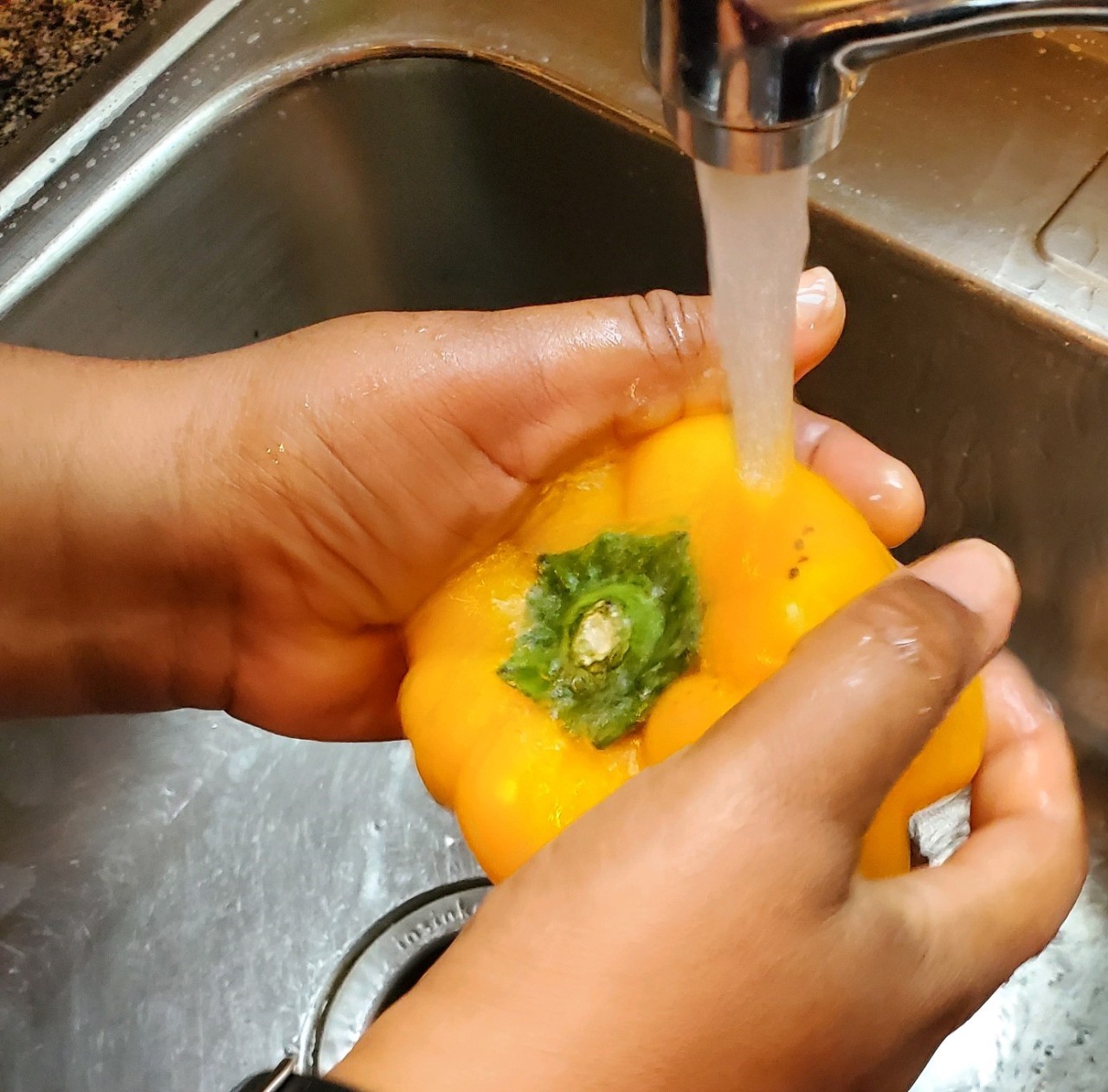
Category: Cooperative Extension

Food safety for baby boomers
September 13, 2021 Written by Kathleen Splane, Extension Agent & FCS Program Leader
Understandably over the last 18 months, older Americans have been greatly concerned about COVID-19 and the impact contracting that virus would have on them. After all, that is the demographic that has had the most illnesses and deaths from the coronavirus.
But foodborne illnesses and deaths have not gone away. Media coverage has simply been pushed to the sidelines, so there haven’t been reminders about the dangers of poor food handling practices.
September is National Food Safety Month, so it’s a great time for baby boomers to be reminded that some of the practices grandma taught us might not be safe for us as we age. About 1 in 6 Americans get sick from food poisoning each year.
Food safety concerns
Older adults are at an increased risk of hospitalization and death from foodborne illness for several reasons:
- Seniors are more likely to take prescription medications. Medication side effects can weaken the immune system.
- Over the years, there can be changes in the functioning of organs like the liver and kidneys.
As people age, they are more likely to have underlying chronic diseases like diabetes or kidney disease. This can make a person more susceptible to foodborne infections.
- Naturally occurring age-related changes to the gastrointestinal tract can increase the risk of illness.
The most common food pathogens that can impact older adults are
- E. COLI O157:H7 can be found in unpasteurized (raw) milk and juices, contaminated raw fruits and vegetables and undercooked ground beef and through person to person contact
- Salmonella is typically found in raw or undercooked eggs, poultry or meat, unpasteurized (raw) milk and juices, fresh fruits and vegetables and cheeses and seafood.
- Campylobacter can be found in unpasteurized (raw) milk, untreated contaminated water and raw or undercooked meat, poultry or shellfish.

As you can see, there are common foods that these pathogens can infect. For that reason, the USDA recommends that older adults avoid:
- unpasteurized (raw) milk,
- hot dogs,
- deli meats and luncheon meats that have not been heated to steaming,
- unpasteurized pates,
- unwashed fresh fruits and vegetables,
- raw bean sprouts,
- and most importantly, raw or undercooked meat, poultry, eggs or seafood.
What can you do?
The pathogens that cause foodborne illness can’t be smelled or tasted. Proper handling of the food you bring home is your best defense. Regardless of your age, food safety is of great concern, but it is essential for seniors to follow these safety tips under the categories of clean, separate, cook and chill.
- Clean — Start any food preparation with clean hands, surfaces and utensils. Use warm water and soap and be sure to let equipment and surfaces air dry. It’s tempting to dry dishes and put them away, but by cloth drying, there is a possibility of recontamination by using a dirty cloth to dry.
- Separate — Be sure to separate raw meat, poultry and seafood from ready-to-eat foods. This would be true in your shopping cart in the grocery store, the refrigerator at home and during meal preparation.
- Cook — By cooking food to recommended temperatures, you will kill deadly pathogens. Cooked food is only safe after it’s been heated to a high enough temperature. A meat thermometer is the only way to know if your food is cooked to the correct temperature. Guessing based on how long the food has been in the oven or looking at the color of the juices flowing from the food is not a safe way to gauge if a food has reached a safe temperature. The correct cooking temperature for ground meats is 160°F, 165°F for poultry and 145°F for steaks and chops. If you are holding hot leftover food for consumption later, it should be held at 135°F or above.
- Chill — Chill raw food and prepared foods promptly. Often when seniors prepare food, there are leftovers. Be sure to refrigerate leftovers promptly. You should have a refrigerator thermometer and the temperature should read 40°F or below. Food should not stay at room temperature for more than 2 hours.
Other considerations over the years, food packaging has changed and evolved to provide so much information. Product dating is often included on packaging and can lead to confusion and is a guide for peak food quality and not for food safety. Here are some examples of what might be printed on the package:
- Sell By date — Buy the product before this date. It is safe to eat after this date, but the store and manufacturer can vouch for freshness up until that date.
- Best If Used By/Use By Date — This is the last date recommended to ensure best flavor and quality
For more information on Sell By and Use By labels, you can go to www.fsis.usda.gov and search “product dating.”
Whenever we think of coming down with a foodborne illness, we often think about the last place we went out to eat. Contrary to that way of thinking, the foodservice industry has many measures to ensure the food you buy there is prepared and handled safely. Often the problems are a result of poor food handling at home. Being a baby boomer is a great honor-living long enough to attain that stage of life should be celebrated. Just be sure to do everything you can to be food-safe!
